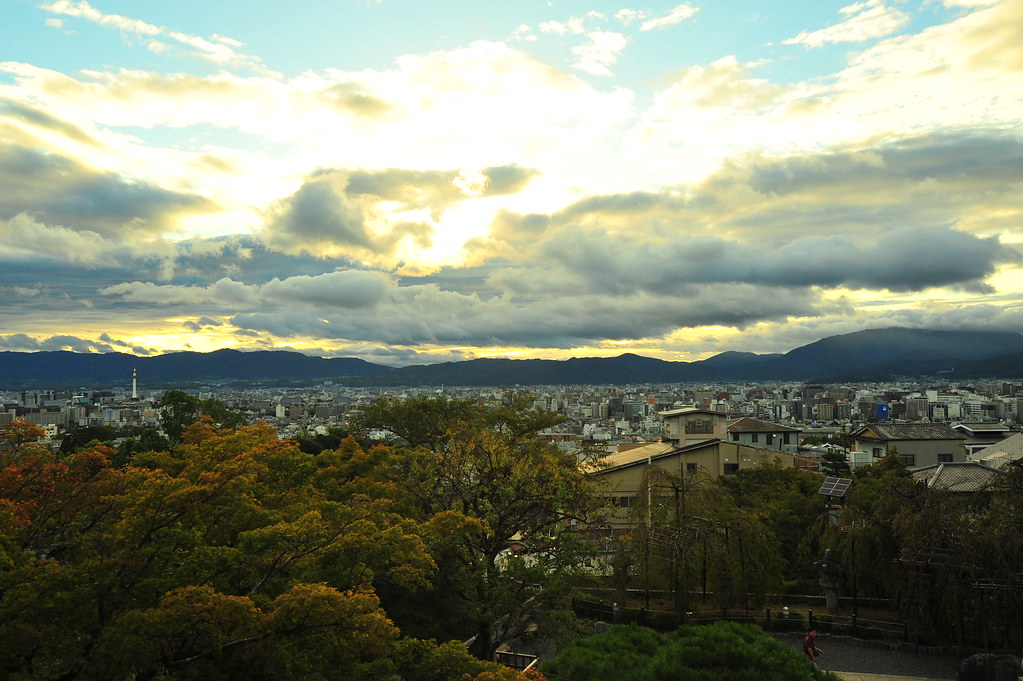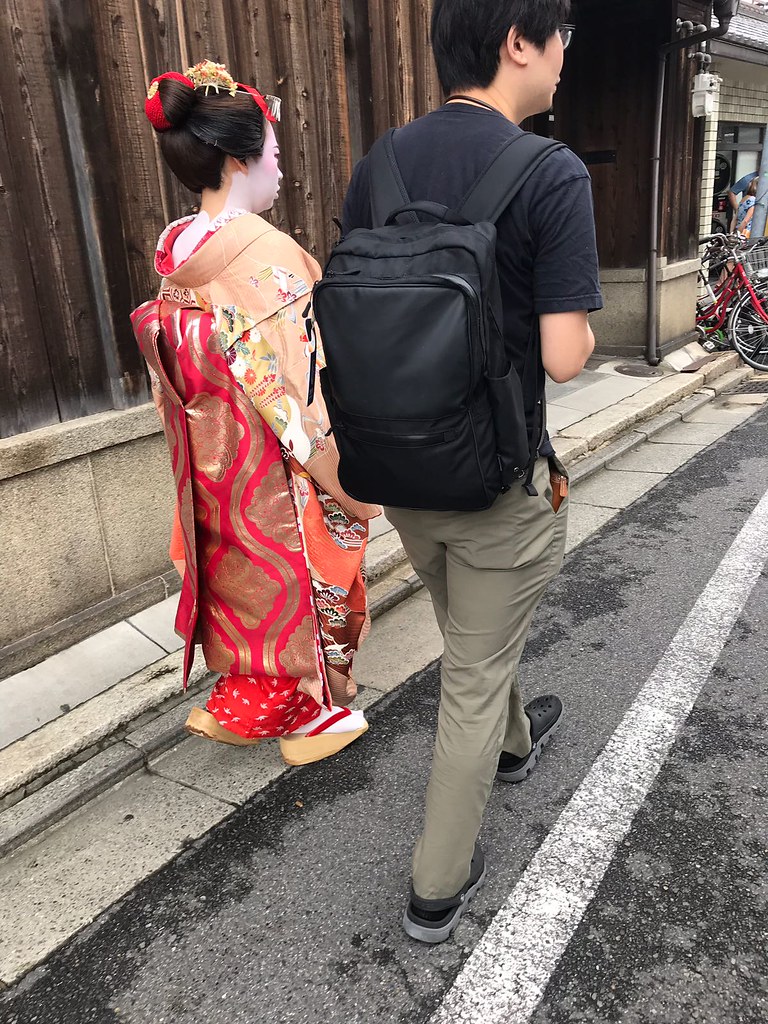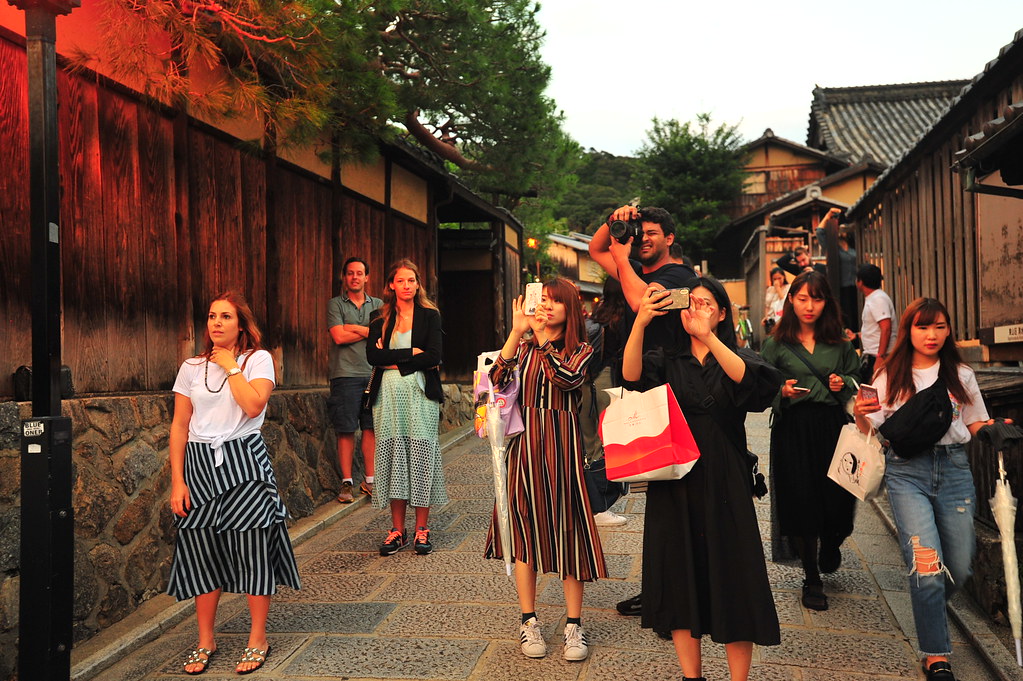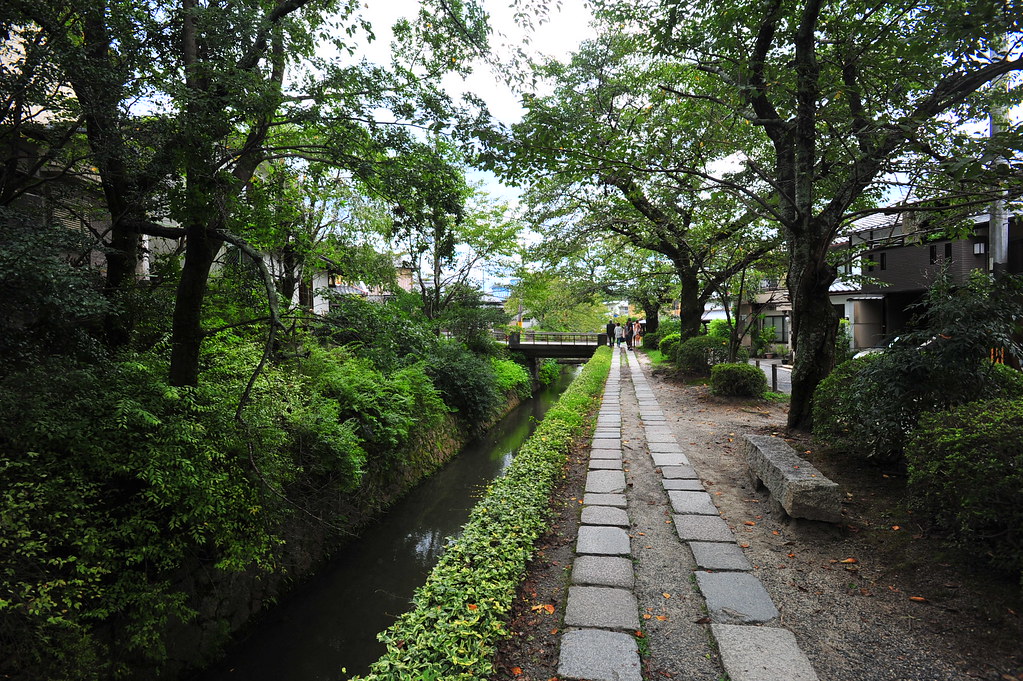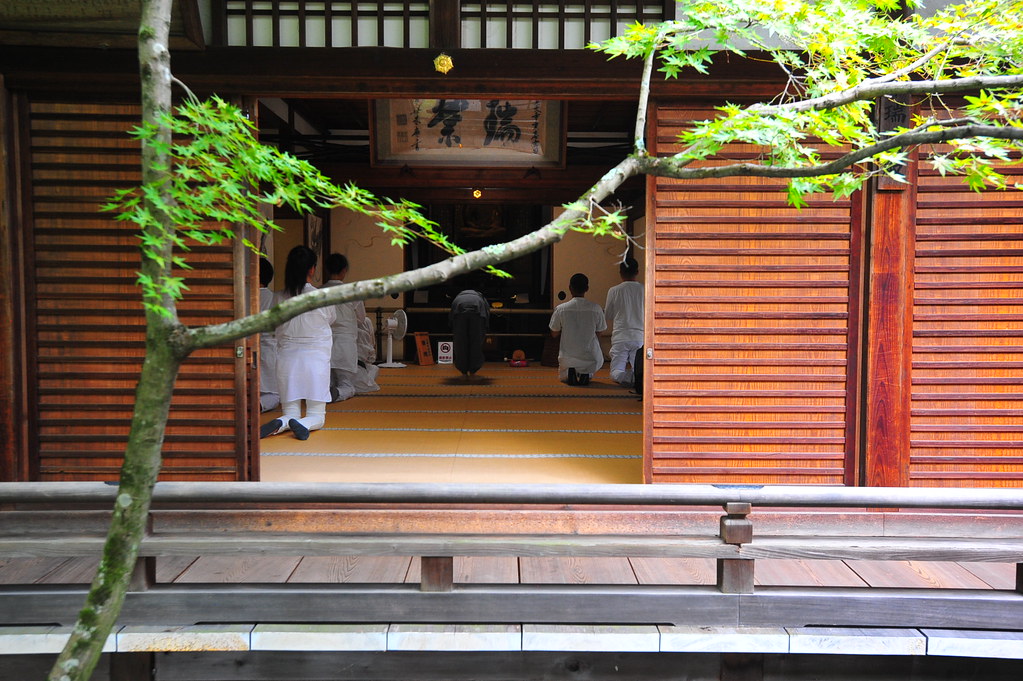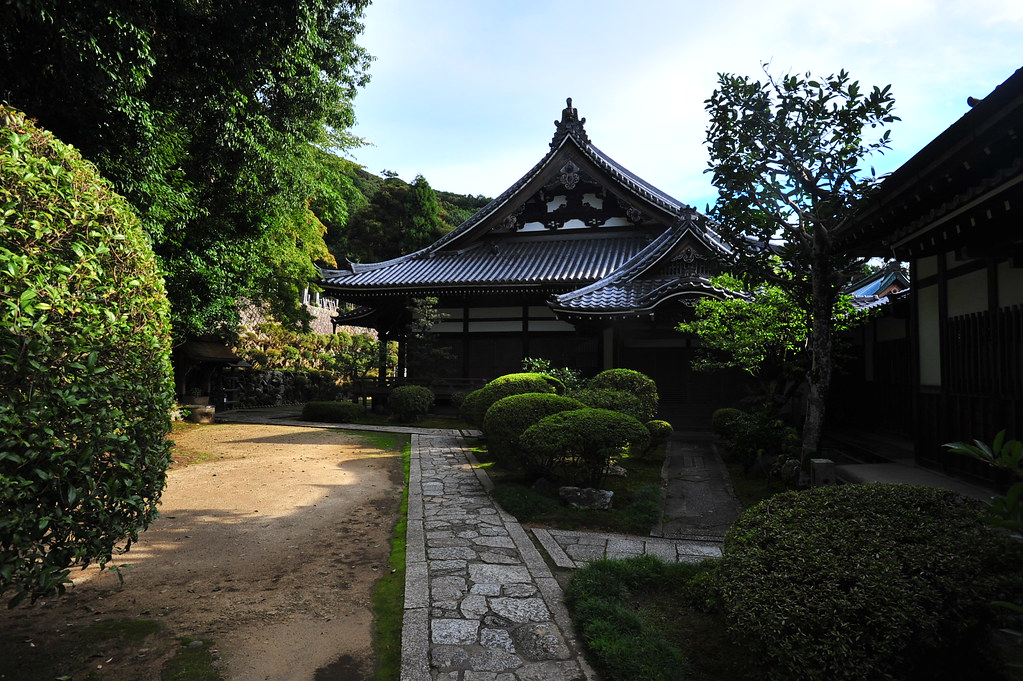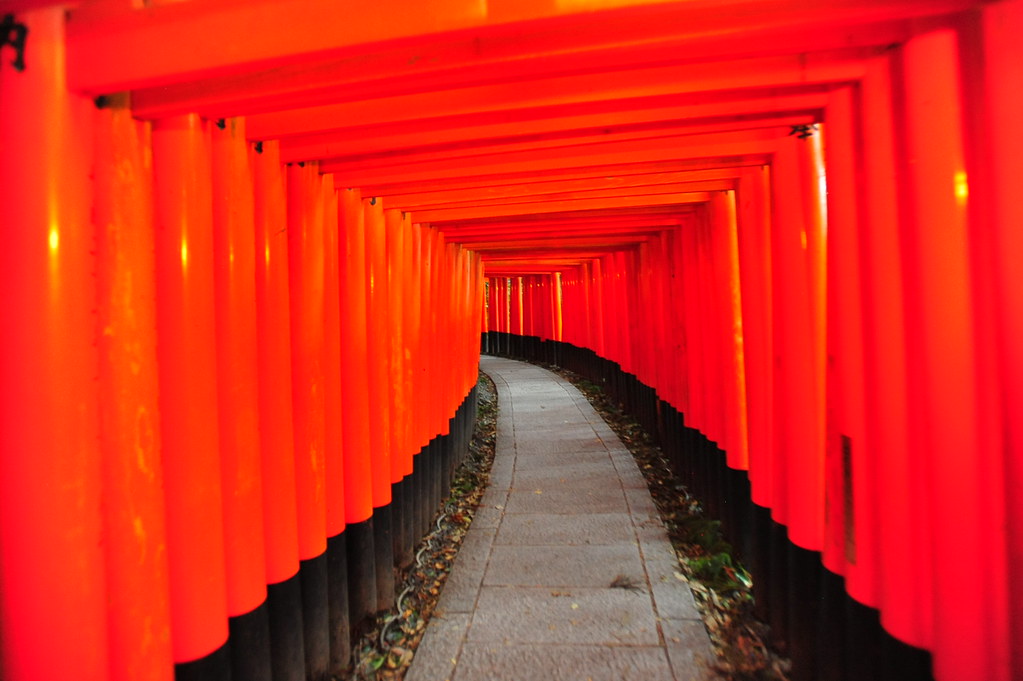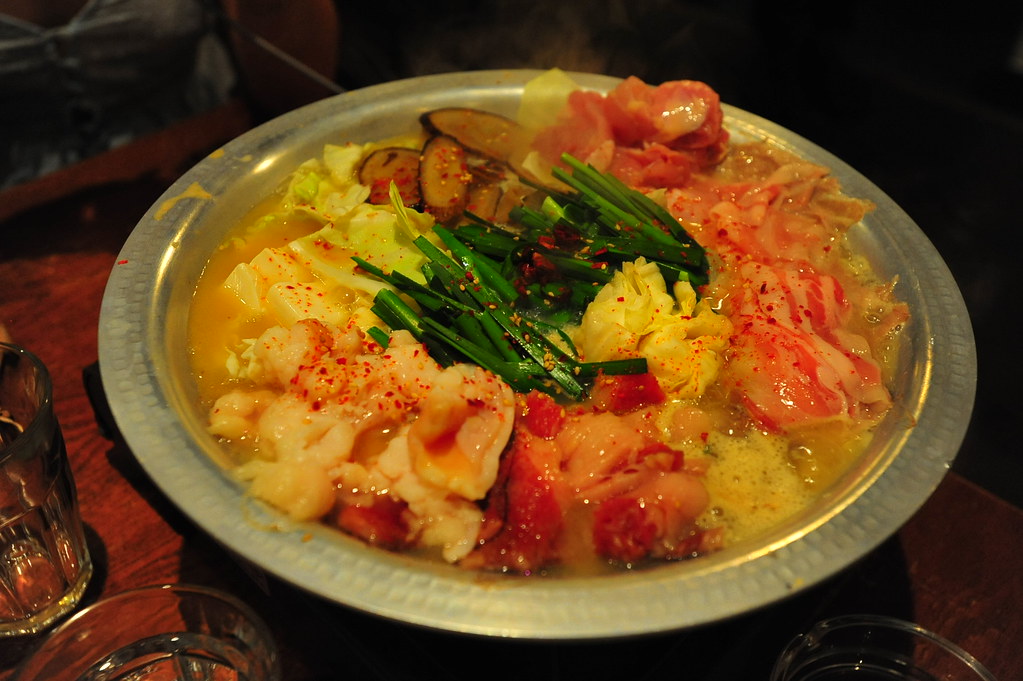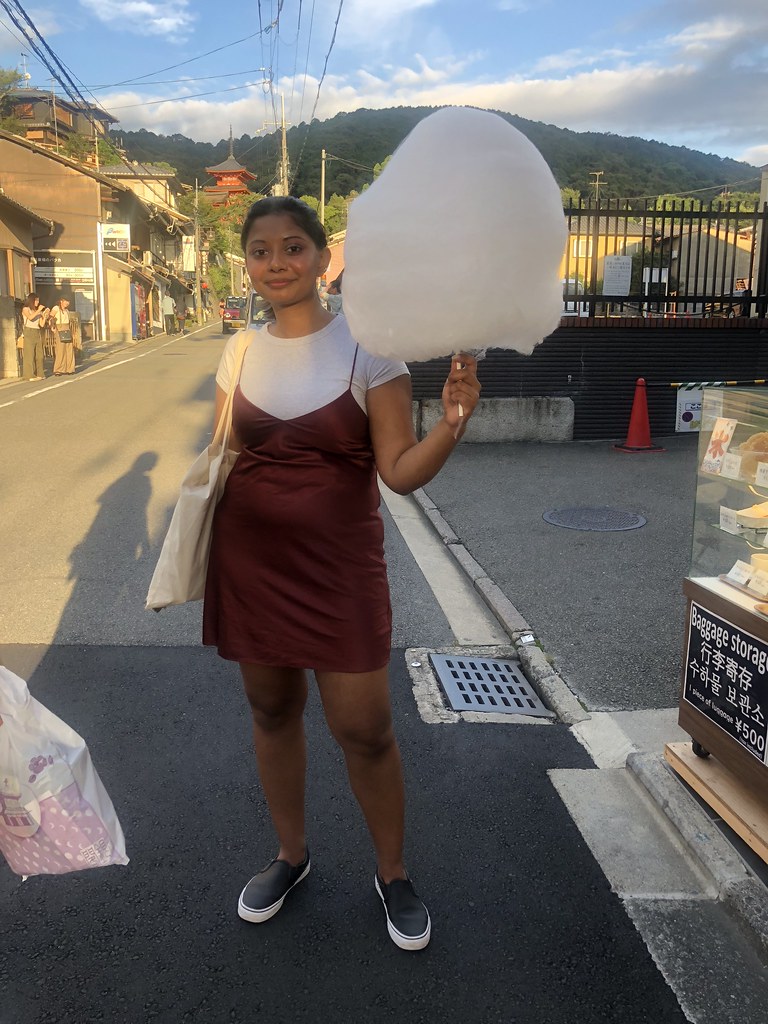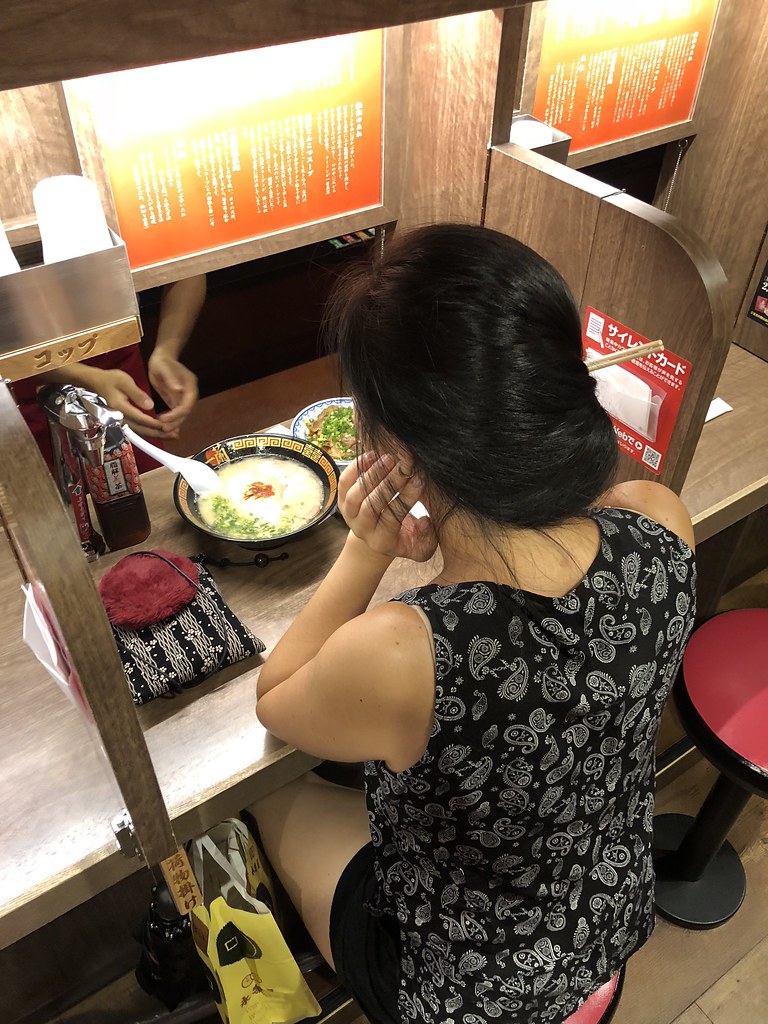To preface this entry, Kyoto is more massive than I’d expected. But not the massive as in where every square foot is a temple, going as far as the eye can see like in Bagan. Rather, I was surprised how it was massive more in a dense, in-your-face, modern metropolis.
Once Japan’s former capital city, Kyoto is not exactly the storied, compact, fanciful, mystical, rural Japan you’d expect from researching what to see here.
Think of Kyoto as a sprawling, dense, bustling concrete jungle that has been built around strictly demarcated and guarded pockets of evocative footpaths, neighborhoods, and temple grounds that are still rich with history.
That said, to see the “must see” temples require a mad dash around what seemed like the circumference of the entire city sprawl. So our 3 days in Kyoto will never do this city justice — you can spend months here and still wonder if you really saw everything (you didn’t).
However, I feel that our 20-mile long walking (+ a little bus and cab) itinerary we did on our second day here, combined with the tea ceremony and sunset on the first day, along with a free day on our third day would give you the most efficient and best bang for your buck and a good first impression of Kyoto’s beauty before you become fully “temple’d out.”
If anything, it’s also wonderfully nostalgic/saudade to be in the very city that inspired one of my favorite songs to one of my favorite scenes from one of my favorite movies:
After a morning in Nara, we checked in into our digs at Grids Kyoto Hostel at 2pm, which happened to be located in the Gion area which is known to be Kyoto’s geisha district.
After freshening up for an hour, we walked over 15 minutes to Nineizaka area where we had booked reservations for a 45 minute tea ceremony at Camellia at 4pm. Since Kelly was coming in too late to make it to the tea ceremony, we luckily had Camilla — our friend from Brazil that we made all the way back at our hostel in Hiroshima — to take her place. How things just work out so nicely!
Also known as Chado or sado, the slow and graceful movements of the tea ceremony are rooted in Zen Buddhism and originated here in Kyoto. A normal 45 session first begins with a demonstration of the tea ceremony, before giving participants the opportunity to make their own. If you want to take some home, you can purchase your own ceremonial grade matcha afterwards.
Afterwards we lingered in Nineizara for their famous Kyoto sunset.
Although we weren’t the only ones with the same idea:
Linger more after sunset for some truly remarkable mood lighting.
I think I lingered here a little too long.
Afterwards Luke, Amy, Natasha, and the last monsooner to hop on our group, Kelly, joined us for dinner in the dense food/bar/pub alleyway of Pontocho Alley, one of Kyoto’s most atmospheric dining areas.
Although we had first made an attempt to dine at Yamafuku Shabu Shabu, they were completely and understandably too full to accommodate a space for 10 people at the last minute. However, one of the staff members, Yuta, was kind enough to lead us down a 5-7 minute walk down nearly the entirety of Pontocho Alley to another restaurant, Kamehachi Bekkan where they quickly accommodated our group without reservations.
After dinner, we then headed out for more drinks at lounge/pub/club/hookah bar called ZamZam:
We then returned to our hostel at midnight for bed, waking up 8 hours later. While Trish couldn’t come out because of her foot, the rest of us went out and made our first stop at Tenryu-ji Temple, the head temple of the Tenryū branch of Rinzai Zen Buddhism.
From there we walked to the photogenic Arashiyama Bamboo Grove & Forest.
We then weaved quickly back to the main street of Arashiyama and right nearby is a very inspired Kimono Forest:
We then took a cab to Kinkaku-ji Temple, the famed overly photographed “Golden Pavilion.”
From there we caught Kyoto City bus 204 and took it all the way east to the Ginkakuji-michi stop and walked up to Ginkaku-ji Temple, the Silver Pavilion.
After Ginkaku-ji, we exited the temple and walked half an hour south along the entirety of Path of Philosophy, a pleasant stone walking path following a canal lined by hundreds of cherry trees through the northern part of Kyoto’s Higashiyama district.
At the southern end of the path we stopped by maze-like beauty of humongous Zenrinji (Eikando) Temple, at the recommendation of Camilla.
Their garden here is one of the most picturesque in Kyoto.
After 45 minutes there, we then stopped by Nanzen-ji Temple a few minutes down. It’s known for its beautiful entrance that was used as the backdrop for that scene in Lost In Translation (video at the top of this post for your reference).
For example, this is the scene from Lost In Translation:
Real life:
Lost in Translation:
Real life:
Childhood memories checked off, from Nanzen-ji we walked past Shoren-in Temple to explore Chion-in Temple via the enormous San-mon Gate.
It’s free to wander; so head on up, climb those stairs, and be transported to another world.
Climb up a few flights of stairs for a room and view all to yourself:
We spent a good 45 minutes here before they closed at 4pm, so we exited Chion-in on the left.
We then walked across Maruyama-koen Park to follow Nene-no-Michi before once again reaching Nineizaka. This time I didn’t stop for sunset.
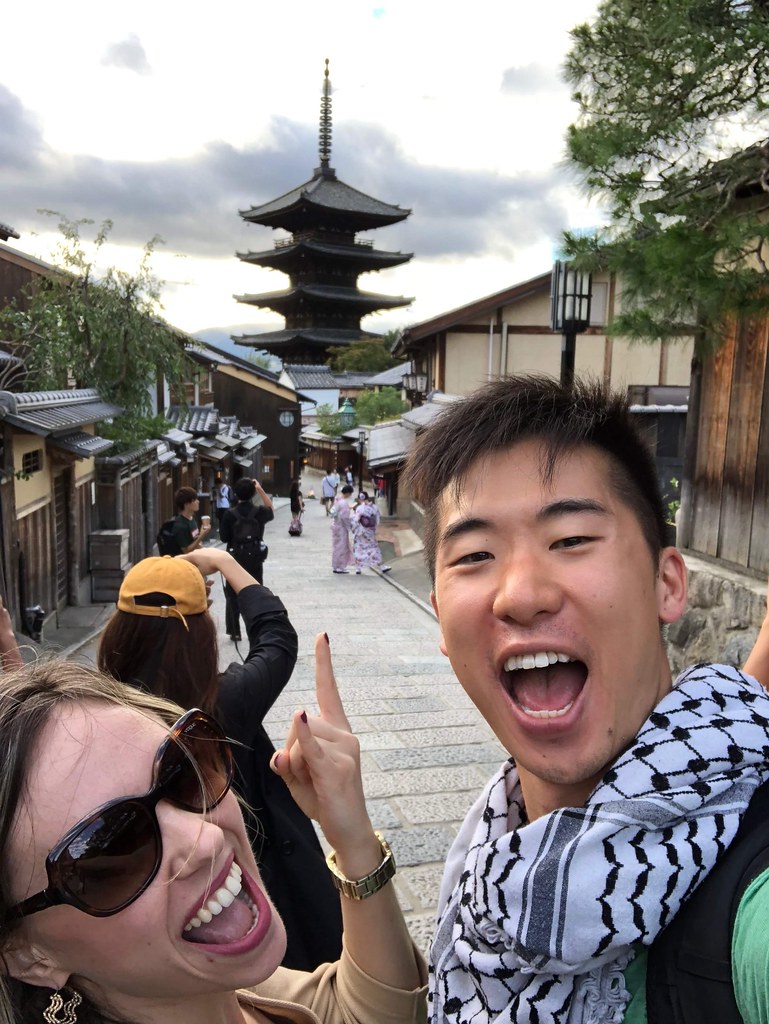
But that sunset was so good. So here’s another one:
We then reached the nearby Kiyomizu-dera Temple, one of Kyoto’s most popular.
They have a great elevated view of Kyoto here:
However, they’re undergoing renovations at the top of posting, so the view that we wanted —
— was this instead:
Prior to entering the temple, there’s also an underground grotto designed like a maze to your left. If you can somehow find your way in the pitch black darkness to find this special stone, it’s said a wish of yours will come true.
After Kiyomizu-dera, we cabbed it over to Fushimi-Inari Taisha Shrine, our last stop on this itinerary. And how fitting:
Thousands and thousands of orange archways make up this important Shinto shrine, although the recent typhoon prevented us from reaching the very top. Can’t fight the moonlight. Can’t fight nature.
Be careful of the mosquitoes here! From there we took the Keihan Line from Fushimi-Inari Station to Shihijo, where we had a Teppanyaki dinner at Kyosikian before calling it a night. Today we walked 35,000 steps, covering 18 miles and 46 flights of stairs!
Tomorrow is a free day where everyone goes do their own thing: shop, study, walk, explore, onsen, relax, and where Billy from our hostel in Nagasaki (and then again in Hiroshima) rejoins us for a night out!
What To Eat In Kyoto
Kyoto Hotpot at Kamehachi Bekkan:
Kyoto-style Lunch Set:
Matcha. Like Match Rice Cakes:
Matcha (Mochi) Dumplings:
Matcha Almond Pudding:
and straight up matcha:
Cotton Candy bigger than your FACE:
Matcha/Red Bean slushies, with seaweed-wrapped mochi sticks:
Feeling antisocial? Nearby our hostel was an Ichiran branch, where you order ramen from a vending machine at the entrance…
and then get served that very ramen inside in your own private cubicle from unseen staff:
Next stop: I’m returning to Tokyo after 7 months!
![]()
- At time of posting in Kyoto, Japan, it was 23 °C - Humidity: 72% | Wind Speed: n/a | Cloud Cover: clear

